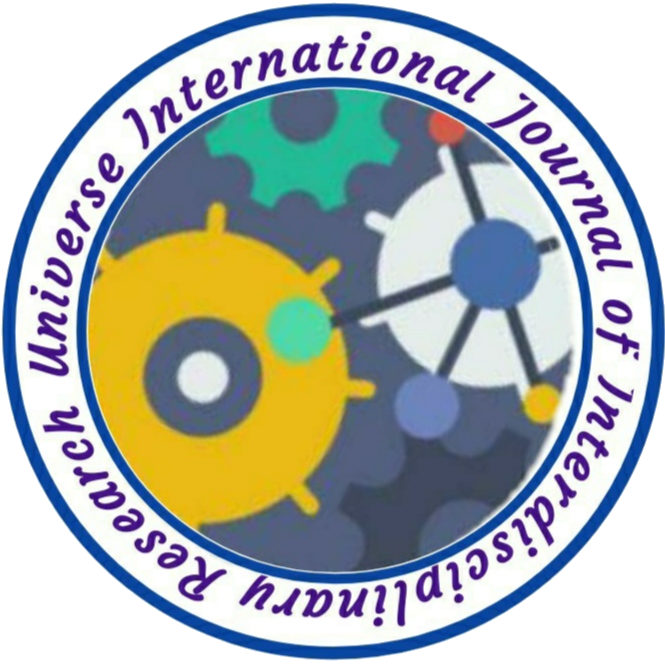DEVELOPMENT OF OPTIMIZED-REVERSE CO-PRECIPITATION METHOD FOR THE SYNTHESIS OF MAGNETITE NANOPARTICLES
Author Name: 1. Ateeq Ur Rehman Baloch 1. Naeemullah 2. Aamna Balouch 3. Shaista Gul 4. Rooh Ullah
Volume/Issue: 01/10
Country: Pakistan
DOI NO.: 08.2020-25662434 DOI Link: http://www.doi-ds.org/doilink/05.2021-99365833/UIJIR
Affiliation:
1Department of Chemistry, University of Turbat, Balochistan, Pakistan.
2National Centre of Excellence in Analytical Chemistry, University of Sindh, Jamshoro 76080.
3Department of Chemistry, Sardar Bahadur Khan Women University Quetta, Balochistan, Pakistan.
4Department of Natural and Basic Sciences, University of Turbat, Baluchistan, Pakistan.
ABSTRACT
We have developed a simple and easy Optimized-Reverse-Co-Precipitation Method (ORCPM) for the synthesis of Magnetite-Nanoparticles. This technique decreases the chances of agglomeration, broad particle size distribution and provides better nanoparticles as compared to simple co-precipitation method. The effect of different variables such as the temperature, N 2 -sparging, stirring rate, amount of capping agent and pH were studied and optimized for the synthesis of Magnetite-NPs by using the proposed method. Among these reactions each with varying parameters, we finally concluded that the best Optimized-Conditions for the synthesis of M-NPs were 0.2g Dextrin at 60℃ with 12 pH, stirring rate of 150 rpm and with the continuous nitrogen sparging, can give far better results than the existing co-precipitation technique. The synthesized M-NPs were characterized using Fourier Transform Infrared Spectroscopy, X-Ray Diffractometer, Scanning Electron Microscope and Zeta-Potential. It was found that synthesized Magnetite-NPs with current technique were of FCC-shape with an average particle size of 12.9nm.
Key words: Optimized-Reverse-Co-Precipitation Method, Magnetite Nanoparticles, FTIR.

No comment